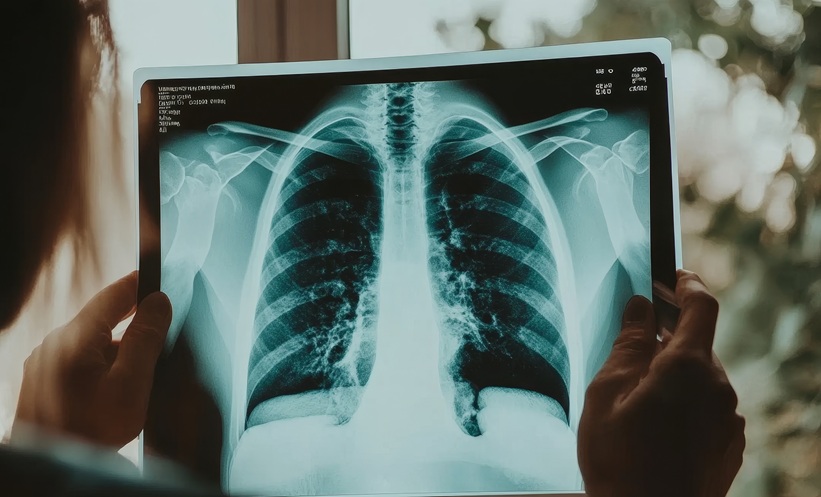AN INTERNATIONAL collaboration of clinicians, collating the largest study series of monkeypox cases has identified new clinical symptoms. The new symptoms should aid future diagnoses, helping to slow the spread of infection internationally. The study was led Queen Mary University of London, UK, and included researchers from 16 countries, who reported on 528 confirmed cases of monkeypox at 43 different sites.
“This truly global case series has enabled doctors from 16 countries to share their extensive clinical experience and many clinical photographs to help other doctors in places with fewer cases,” explained Chloe Orkin, Queen May University of London and Director of the SHARE collaborative.
There is currently a global shortage of both vaccines and treatments for monkeypox, highlighting the value of diagnosing infections early to curb transmission. Researchers have previously stressed that the virus can be transmitted by close physical contact through respiratory droplets, clothing, or on surfaces. The virus disproportionately effects males who are gay or bisexual, with 98% of infected persons coming from this population. Public health interventions aimed at this high-risk population could help detect and slow the spread through contact tracing and isolation.
Many of the symptoms identified in the studies were novel and not previously recognised in current medical definitions of monkeypox. These included genital lesions and sores on the mouth and anus. These symptoms overlap and appear similar the symptoms of many sexually transmitted infections and, therefore, can easily be misdiagnosed. Misdiagnosis can slow detection and impacts the effort to slow spread. Identifying these symptoms as associated with monkeypox will enable increased diagnosis for individuals from at-risk groups presenting with sexually transmitted infection-like symptoms.
John Thornhill, Barts NHS Health Trust, London, UK, and Queen Mary University of London stated: “This research study increases our understanding of the ways it is spread and the groups in which it is spreading, which will aid rapid identification of new cases and allow us to offer prevention strategies, such as vaccines, to those individuals at higher risk.”








